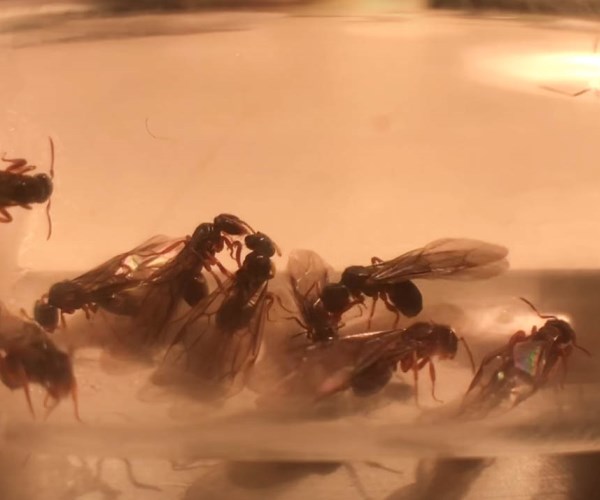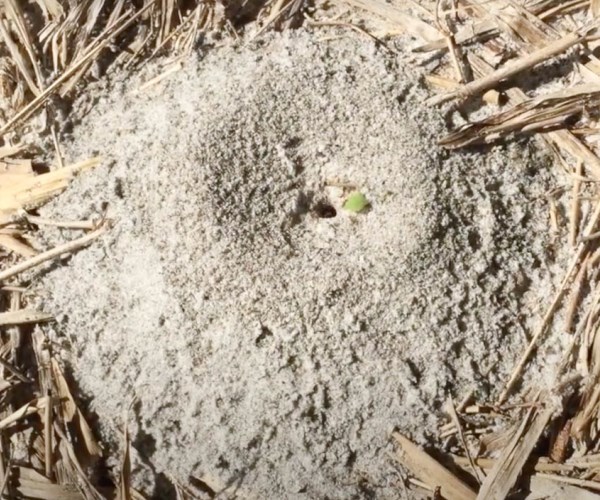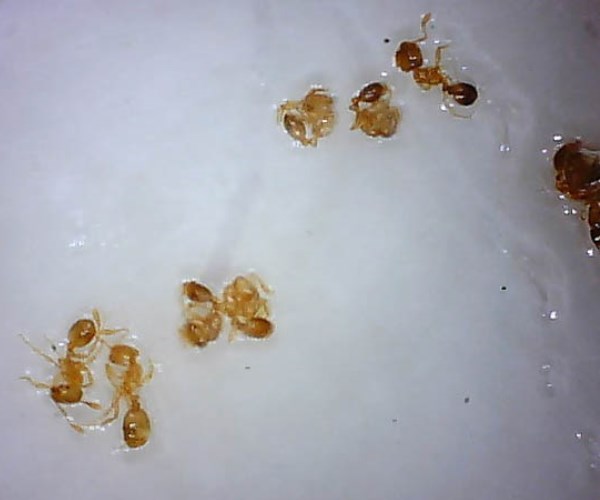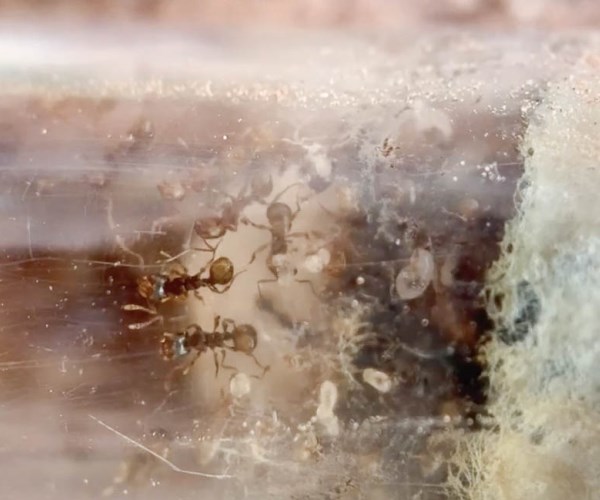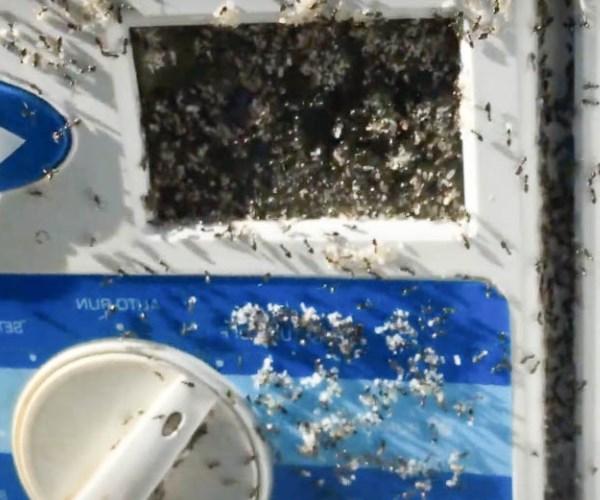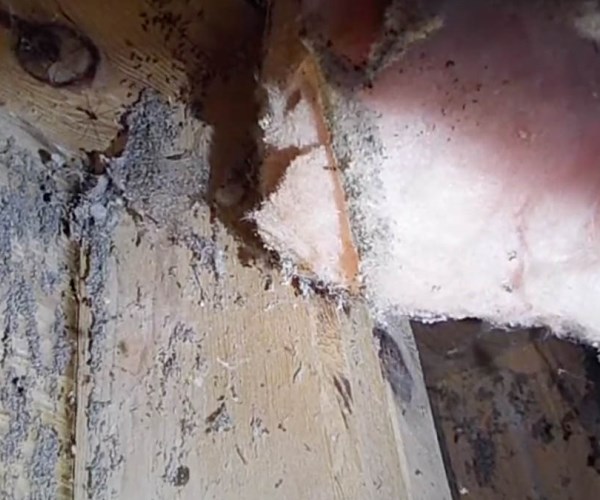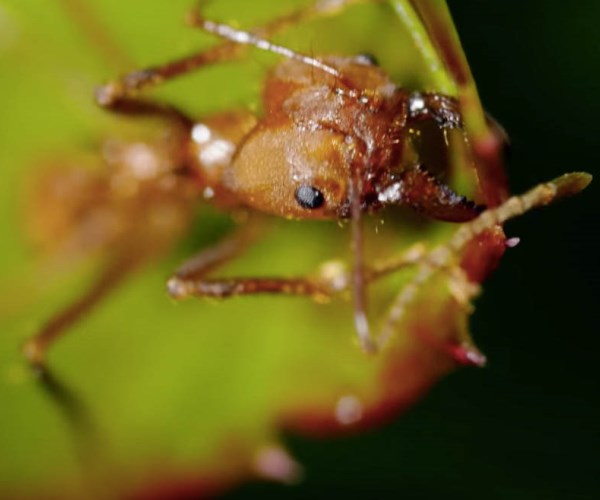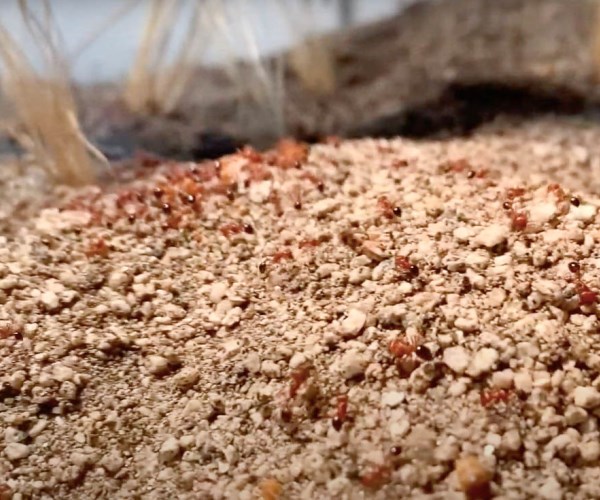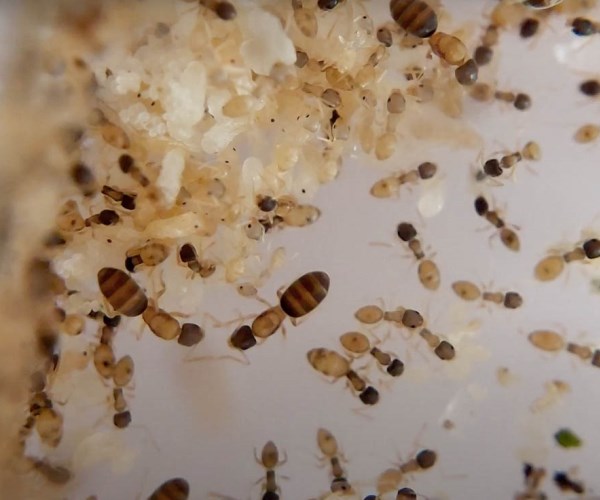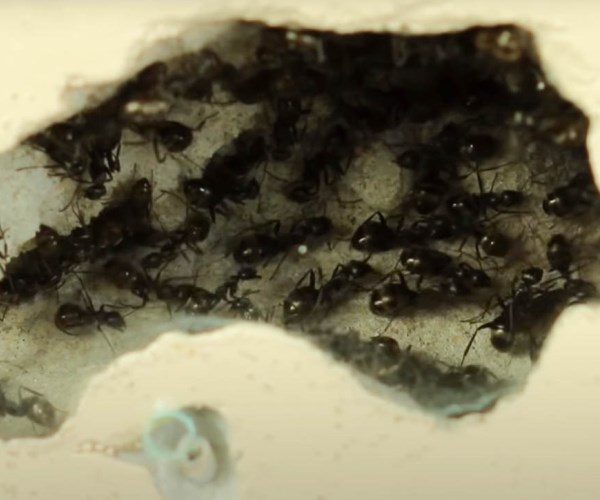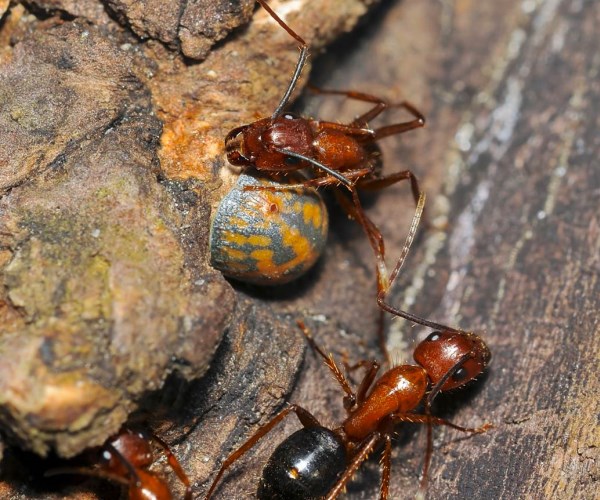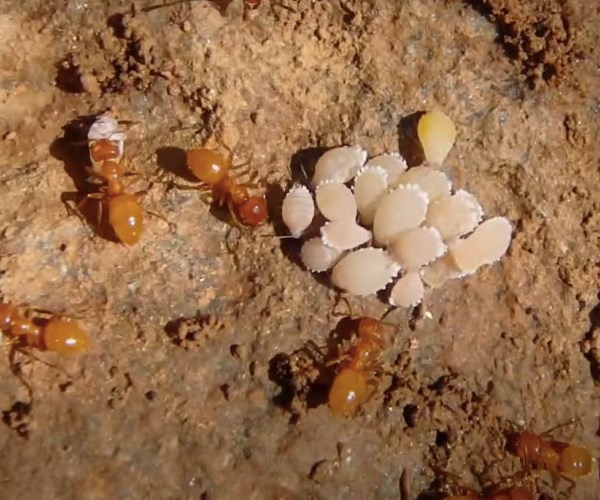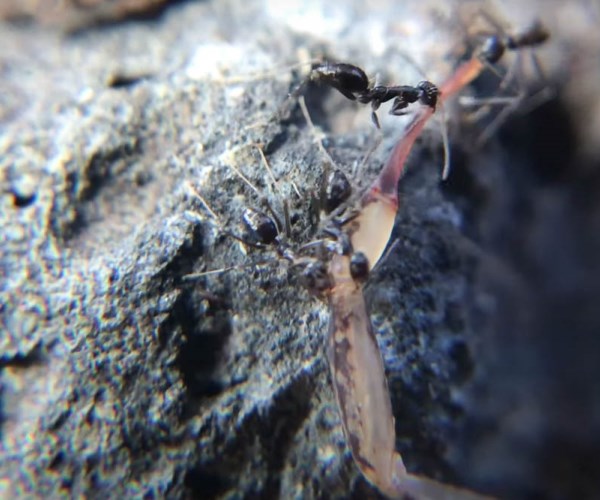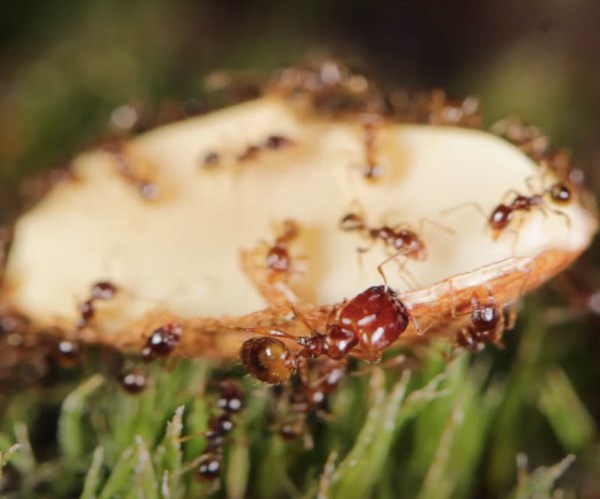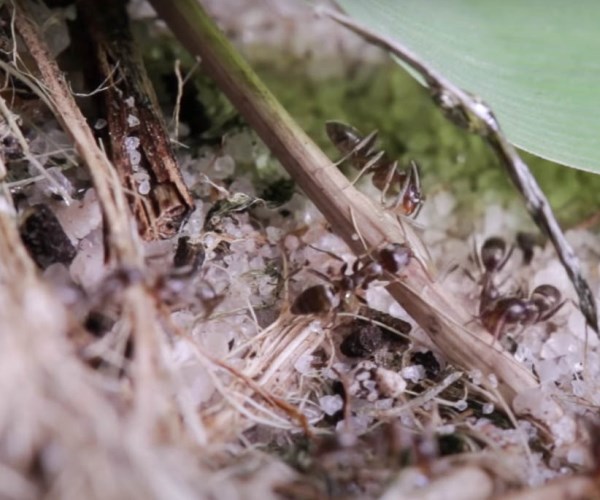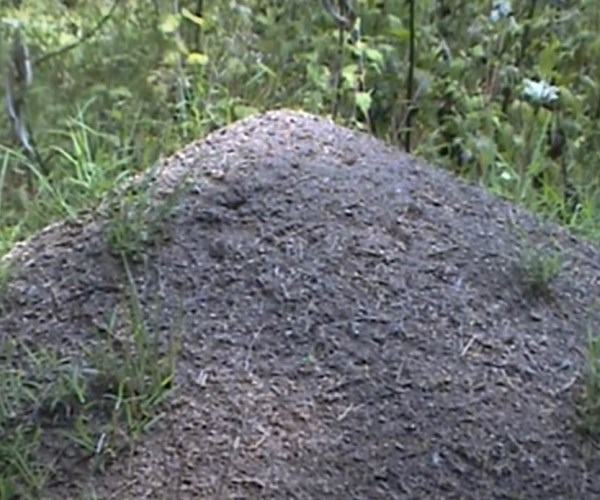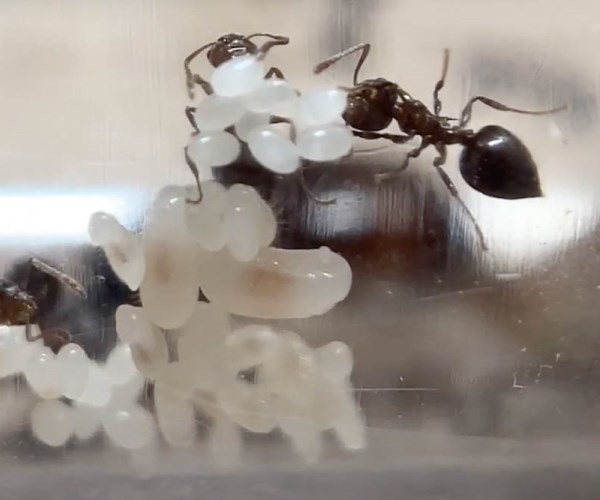About Little Black Ants
About Little Black Ants
Little black ants are small insects that get their name from their physical features. They are tiny insects with a black coloration.
Appearance
Little black ants are colored dark brown to black. The commonest ants are jet black. The length of the ants ranges from 1.5 to 2 mm. The queens are typically larger and can be as long as 4 mm. They have 12-segmented antennae and two-segmented pedicels. The thorax of little black ants is unevenly rounded. They do not have spines.
Behavior
They have a good distribution across the US. They are specifically found in the eastern region, San Francisco bay area, and southern California.
Little black ants make nests in wooded areas. They are also found in yards, where they nest under rocks and piles of lumber or bricks. They also nest in rotting logs.
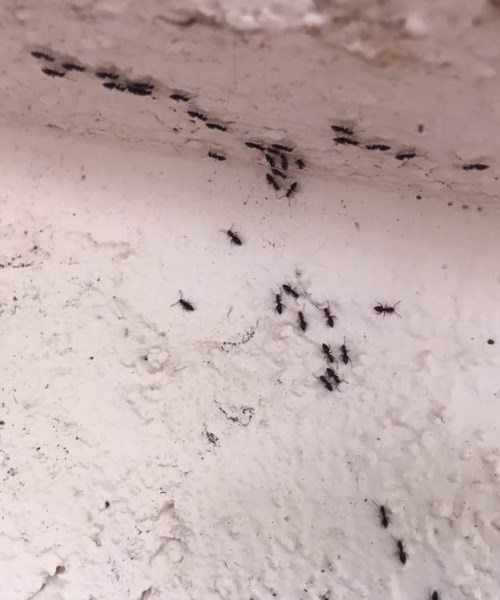
Little black ants build indoor nests in areas such as wall voids, decaying wood, woodwork, and masonry. Although they make indoor and outdoor nests, they are mostly found outdoors. They could be attracted indoors by features such as improper food storage. When outdoors, the preferred location of the nests of little black ants is within decaying wood.
When little black ants infest indoor environments, they move in established trails towards the attractant, which is mostly a food source. They establish highly visible trails along counters, pantries, and cabinets. The trails of little black ants are also scented.
As common household guests, they are mostly found in the southeastern US. They enter homes through cracks around doors and windows. They could also apply openings in walls to access structures. They may also enter buildings through cracks and crevices around foundations.
They have a diverse diet and are omnivorous insects. The diet of little black ants includes insects, cornmeal, honeydew, sweets, and plant secretions. They also feed on vegetables. Little black ants are highly adapted, both in terms of the habitats and sources of food. Although little black ants can feed on anything they find, they particularly love honeydew and could tend to a population of young aphids for a constant supply of honeydew.
Little black ants are found in industrial settings as well as urban settings. They also have a wide distribution. They are native of North America, with the geographic range extending through Mexico, southern Canada, and the US.
The ants have medium to large-sized colonies. The colonies could have two or more queens. They mate between June and August and swarm during summer. The adaptability of these ants helps them to establish large populations within short periods.
Damage they cause
Little black ants are omnivorous and highly adaptable. Since they have a diverse diet, their presence in an area may not cause serious damage. They enter homes in search of food and warmth. When food is abundant, they go for sources of protein and sugar. Foods that are not properly stored are bound to be contaminated when little black ants infest. The ants can also sting. However, because of their size, the stings are mostly ineffective against intruding animals. They could be described as nuisance pests because of the little direct damage they pose and the fact that they have medium to large colonies.
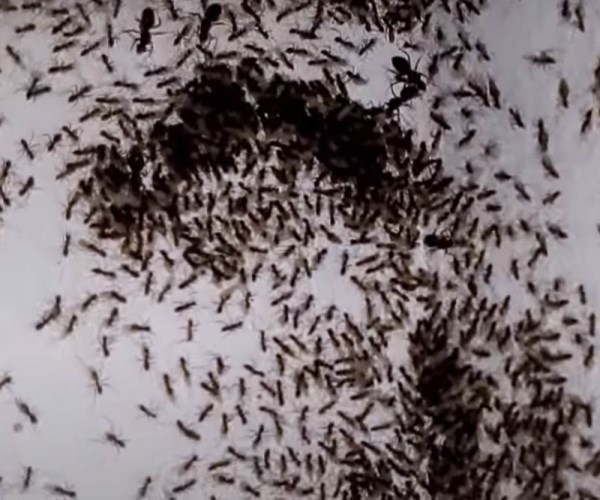
Sealing all entry points is important for the control and prevention of the indoor infestation of little black ants.
Signs of infestation
The ants move in highly visible trails, especially when they are infesting homes. These trails are signs of infestation. Bathrooms, kitchen floors, and cabinets are some of the areas where the ants will be found crawling if there is an active indoor infestation.
Little black ants have characteristic physical features: small size and black bodies. They also move in large numbers. Even if they are not sighted in their large, highly visible trails, the workers and swarmer’s could be seen within indoor spaces.
Because an indoor infestation is almost always the sign of an outdoor infestation, finding the ants indoors means that there is a larger infestation outdoors.


